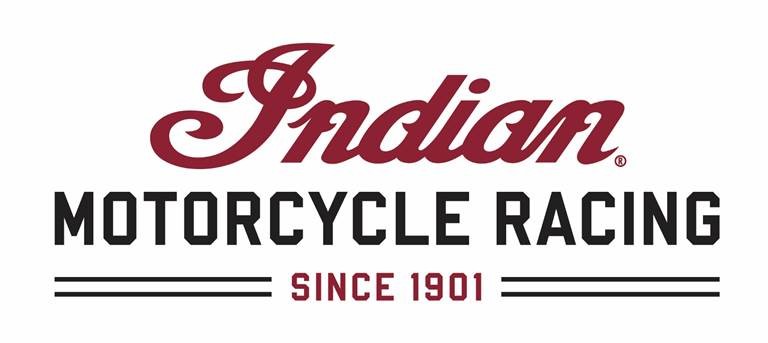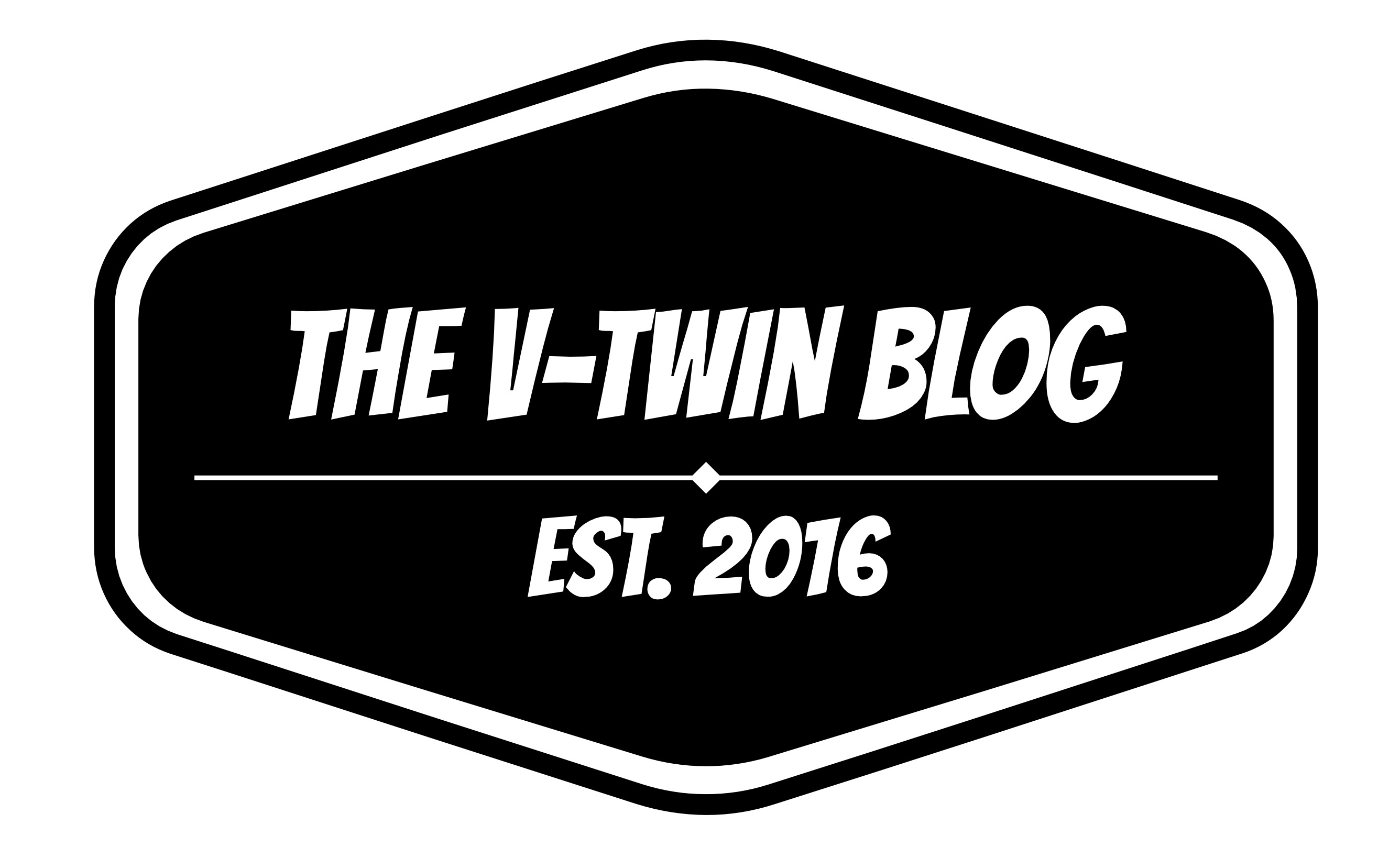The world of motorcycles is a diverse one, filled with brands catering to different tastes and lifestyles. Two iconic American names stand out: Harley-Davidson, the legendary cruiser, and Indian Motorcycle, the rising star with a rich history. But who are the people behind the handlebars? Let’s dive into the demographics of Harley and Indian motorcycle buyers and see if we can identify any trends.
Harley-Davidson: The Legacy Brand with a Maturing Audience
For decades, Harley-Davidson has been synonymous with American freedom and rebellion. But times are changing. Harley’s core demographic, traditionally middle-aged men, is aging. While the average Harley buyer was around 47 in 2012, estimates suggest it’s now closer to 50-55 years old.
This shift can be attributed to various factors, including changing consumer preferences, rising motorcycle costs, and a lack of successful marketing campaigns targeting younger demographics. However, Harley is actively addressing this challenge with initiatives like the “More Roads to Harley-Davidson” campaign, aiming to attract a wider audience with smaller, more affordable models.
Indian Motorcycle: The Challenger with a Youthful Edge
Indian Motorcycle, on the other hand, presents a contrasting picture. Since its relaunch in 2011, the brand has captured the attention of younger riders with its modern designs, powerful performance, and competitive pricing. While the average Indian buyer was 48 years old in 2014, estimations suggest it has dipped to around 45-50 years old today.
This recent trend is fueled by Indian’s focus on innovation and technology, evident in models like the FTR 1200 and the Chieftain Elite. Additionally, their successful social media presence and collaborations with popular influencers have helped connect with a younger generation.
The Age Gap and its Implications


The age difference between Harley and Indian motorcycle buyers highlights a crucial shift in the motorcycle market. While Harley caters to a traditional, established audience, Indian is successfully attracting younger riders. This has significant implications for both brands:
- Harley-Davidson needs to find ways to attract younger buyers if it wants to sustain its long-term success. This could involve further diversifying its product portfolio, investing in technology, and revamping its marketing strategy.
- Indian Motorcycle needs to continue building brand loyalty among its younger customer base. This can be achieved through engaging brand experiences, community building initiatives, and maintaining its focus on innovation and design.
Beyond the Numbers: A Look at the Future
While demographics offer valuable insights, it’s important to remember that motorcycle buyers are not defined solely by their age. Individual preferences, riding styles, and brand affinity play a significant role in purchase decisions. Both Harley-Davidson and Indian Motorcycle have unique strengths and weaknesses, and their futures will depend on their ability to adapt to changing market trends and connect with their target audiences in meaningful ways.
Ultimately, the battle between Harley and Indian goes beyond the numbers. It’s a race to capture the hearts and minds of a new generation of motorcycle enthusiasts. The brand that best understands the evolving needs and aspirations of these riders will be the one roaring ahead in the years to come.



